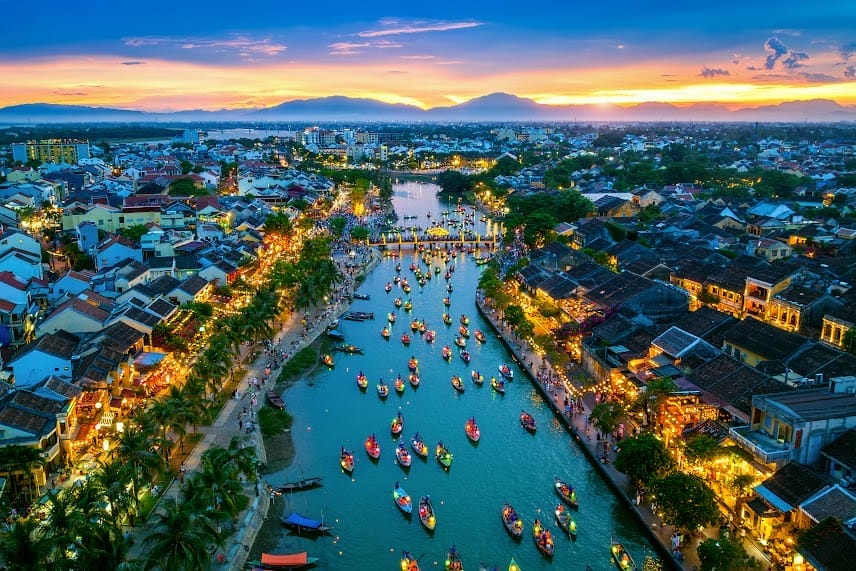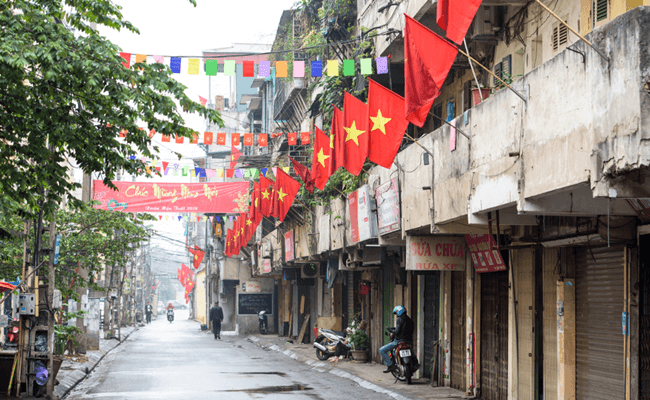Emperor Khai Dinh (1885-1925) ruled Vietnam for 9 years. His tomb took 11 years to complete. Construction began in 1920 and was completed in 1931. Under Khai Dinh, Western culture and influence began to seep into Vietnam. The king himself visited France in 1922. As a result, his tomb has many elements of Western architecture. In fact, of all the tombs, Khai Dinh’s probably least resembles oriental architecture. The tomb is built using concrete, its roof with slates and the gate is made of wrought iron. The builder made use of the lighting rod and electricity is used to light the place. Beyond these modern building materials and designs, the tomb had elements of eastern art mixed with western designs.
Throughout the interior of the tomb, colored glass and ceramic chips were used to form mosaics of oriental design. The ceilings were hand painted much like the ceilings of western churches, but the designs were of dragons and clouds. In the book, ‘Art Vietnamien’, Emperor Khai Dinh’s tomb was cited as an example of Vietnamese “neo-classicism”.
The Khai Dinh temple is 10 km south of Hue City, and a sealed road passes straight past its entrance. The view from the top is quite beautiful, looking at the plains and surrounding mountains. The large white statue farther south standing on a hillside is of Quan Am, the Goddess of Mercy.






